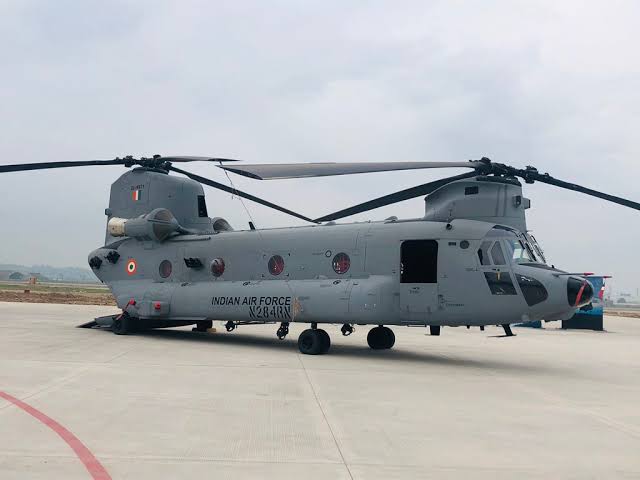The Army is working on a 10-year modernisation plan for its Aviation Corps and aims to induct at least 350 helicopters, including the indigenous Light Combat Helicopter and the battle-proven Apache.
The long-pending plan includes increasing the surveillance features of the choppers already in the Aviation Corps’ inventory, with the induction of the Remotely Piloted Aircraft System (RPAS).
What does Army plan to buy?
The Army plans to induct two kinds of utility choppers and three combat helicopters. This will include squadrons of Rudra (the armed version of the Advanced Light Helicopter ‘Dhruv’), which will have 20mm guns and 70mm cannons and are to be inducted within one year.
The LCH squadrons are to be inducted within seven to 10 years, while 200 Kamov Ka-226s, which are for reconnaissance and observation, are expected to be procured within 10 years through an inter-government agreement.
By 2021, the Army also expects to procure six Apache choppers and an additional squadron of ALH Dhruv, to add to what is already functional. Dhruv can fly over all terrains in India, including high altitudes.
What will the new choppers replace?
The Aviation Corps currently operates Chetak and Cheetah choppers, the ALH Dhruv since 2001, and its armed variant Rudra since 2013.
Each squadron of the Aviation Corps is supposed to have three ‘flights’ and each ‘flight’ is supposed to feature five aircraft each. However, in the current scenario, all squadrons have only two ‘flights’ of five aircraft each.
The inductions will replace the Army’s ageing Chetak and Cheetah helicopter fleet at a time when a Cheetah crash recently killed the Indian Army’s Lt Col. Rajneesh Parmar and Captain Kalzang Wangdi of the Royal Bhutan Army, raising questions about the choppers’ flight-worthiness and bringing the focus back on their long-pending replacement with the Light Utility Helicopter.
Probable Advantages
Army sources said the plans would be a game-changer in future conflicts, and expressed confidence that they would be put into action in a time-bound manner.
“More emphasis is being put on prioritisation, rationalisation and economy of expenditure. Greater value for money is being achieved by encouraging procurements from indigenous sources in support of the government’s Make in India initiative,” an Army source said.
Army officers further said that the transfer of the RPAS to the Aviation Corps would ensure a comprehensive surveillance picture, utilising both manned and unmanned platforms, while sharing support infrastructure.
“The operation of these assets under the common umbrella of Army Aviation Corps and a common aviation adviser to the ground forces commander will help achieve battlefield transparency,” the source added.
Source: The Print
Image Courtesy: NewsMobile
You may also like
-
IAF Aircraft Set Course For Exercise Eastern Bridge VII At Oman
-
IAF Set To Host The Indian Defence Aviation Exposition-II At Jodhpur
-
Defence Secretary to co-chair 5th India-Philippines Joint Defence Cooperation Committee meeting in Manila
-
Simultaneous Launch Of ‘malpe And Mulki’, Fourth And Fifth Ships Of Asw Swc (Csl) Project
-
Aatmanirbharta in Defence: MoD signs Contract with HAL for 240 AL-31FP Aero Engines for Su-30MKI Aircraft
